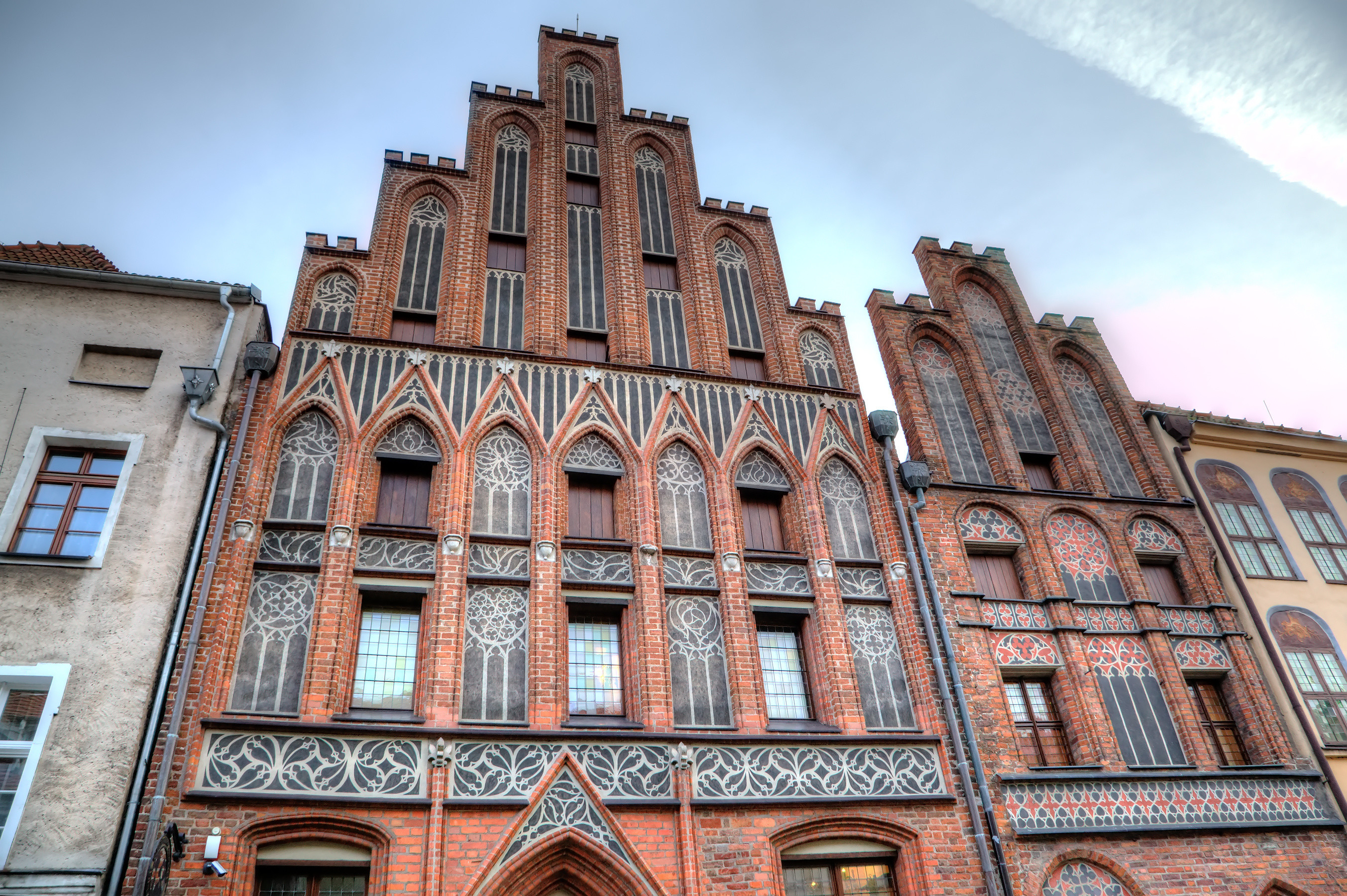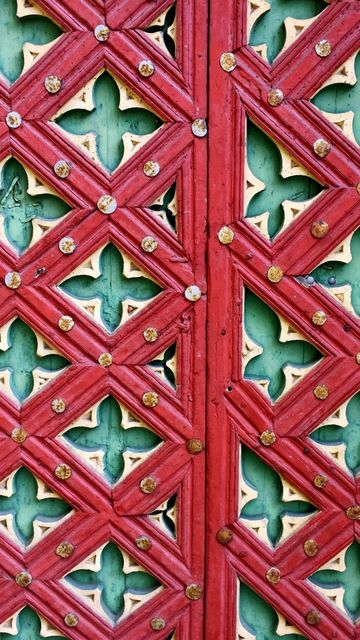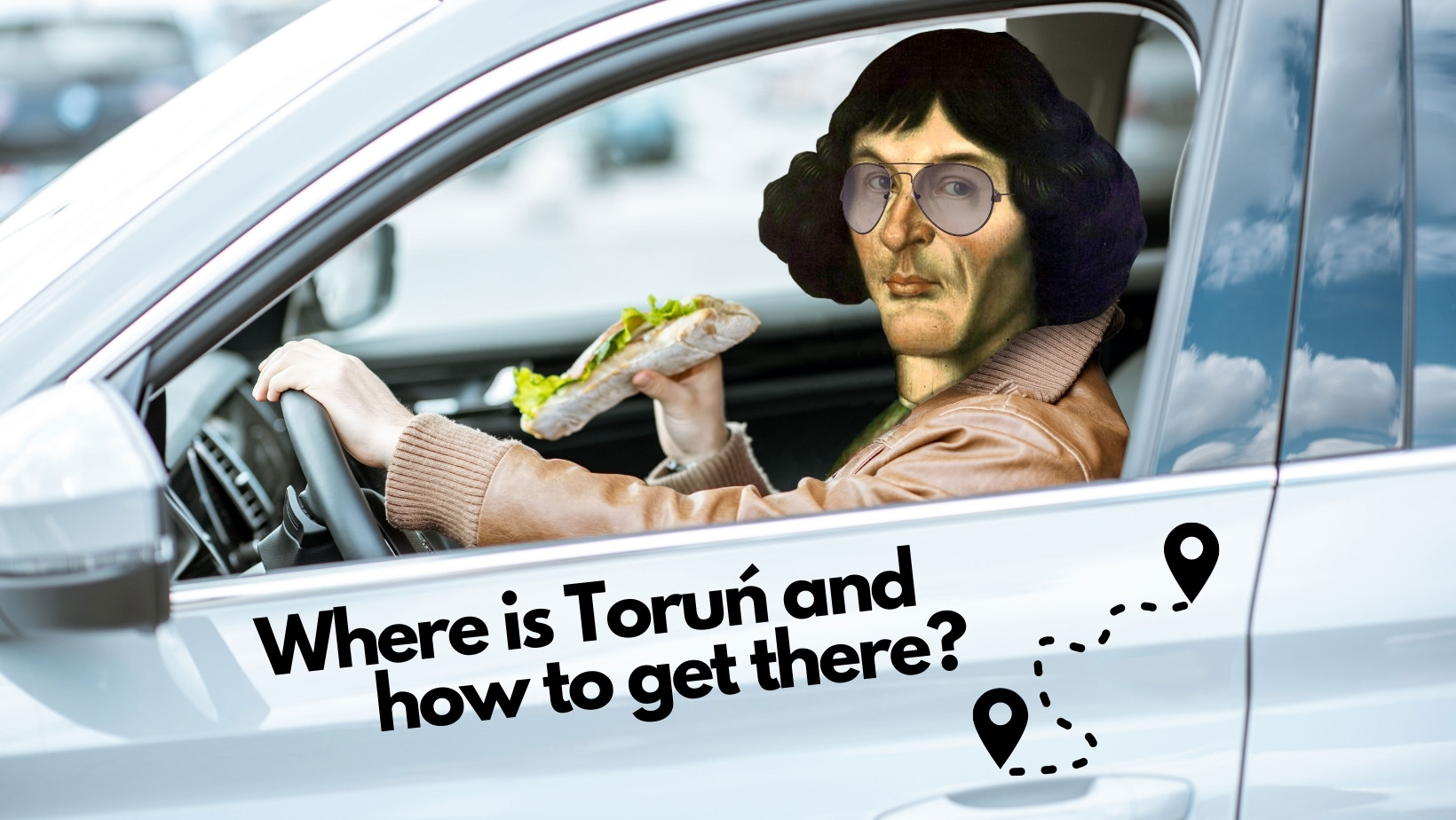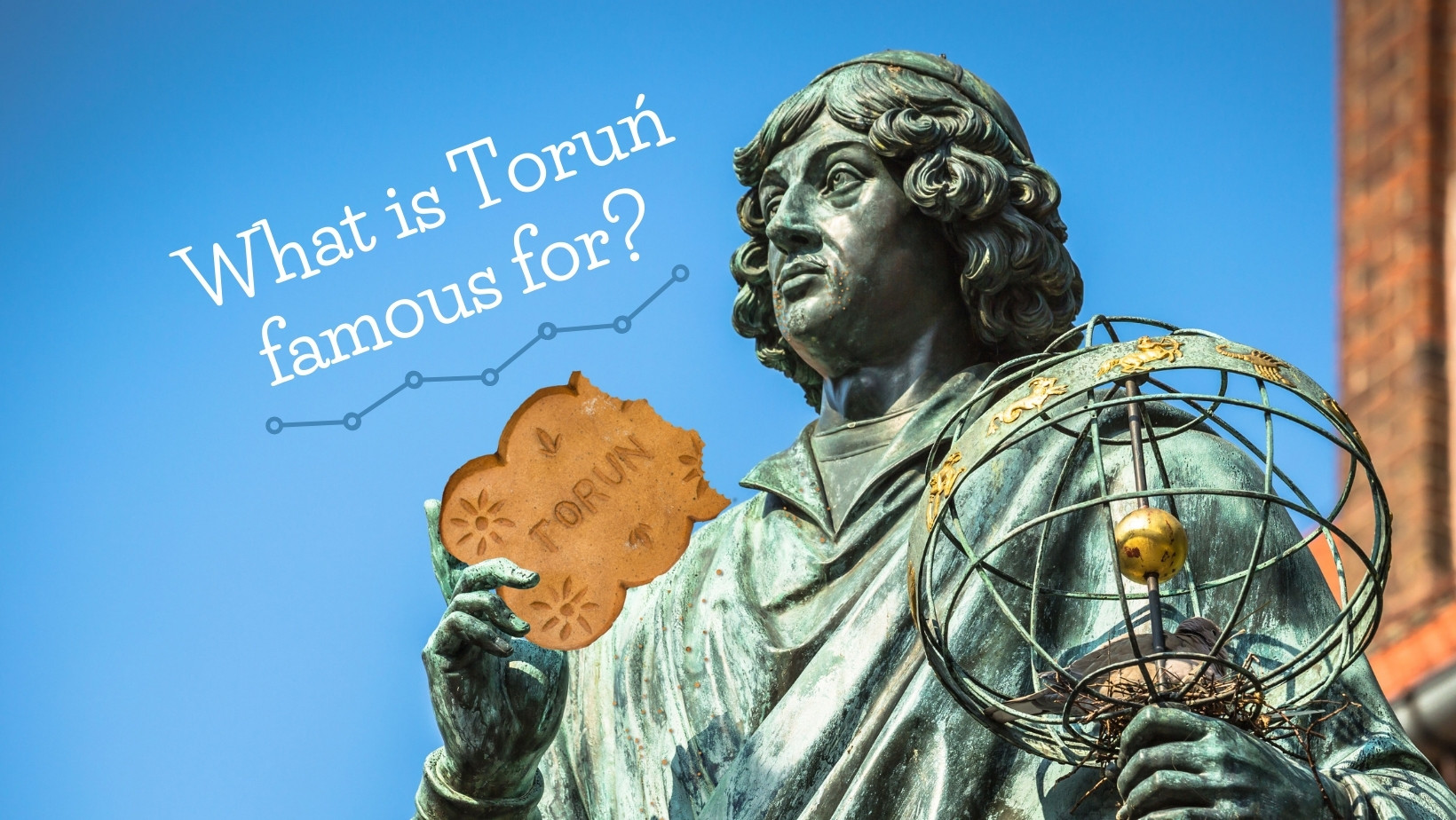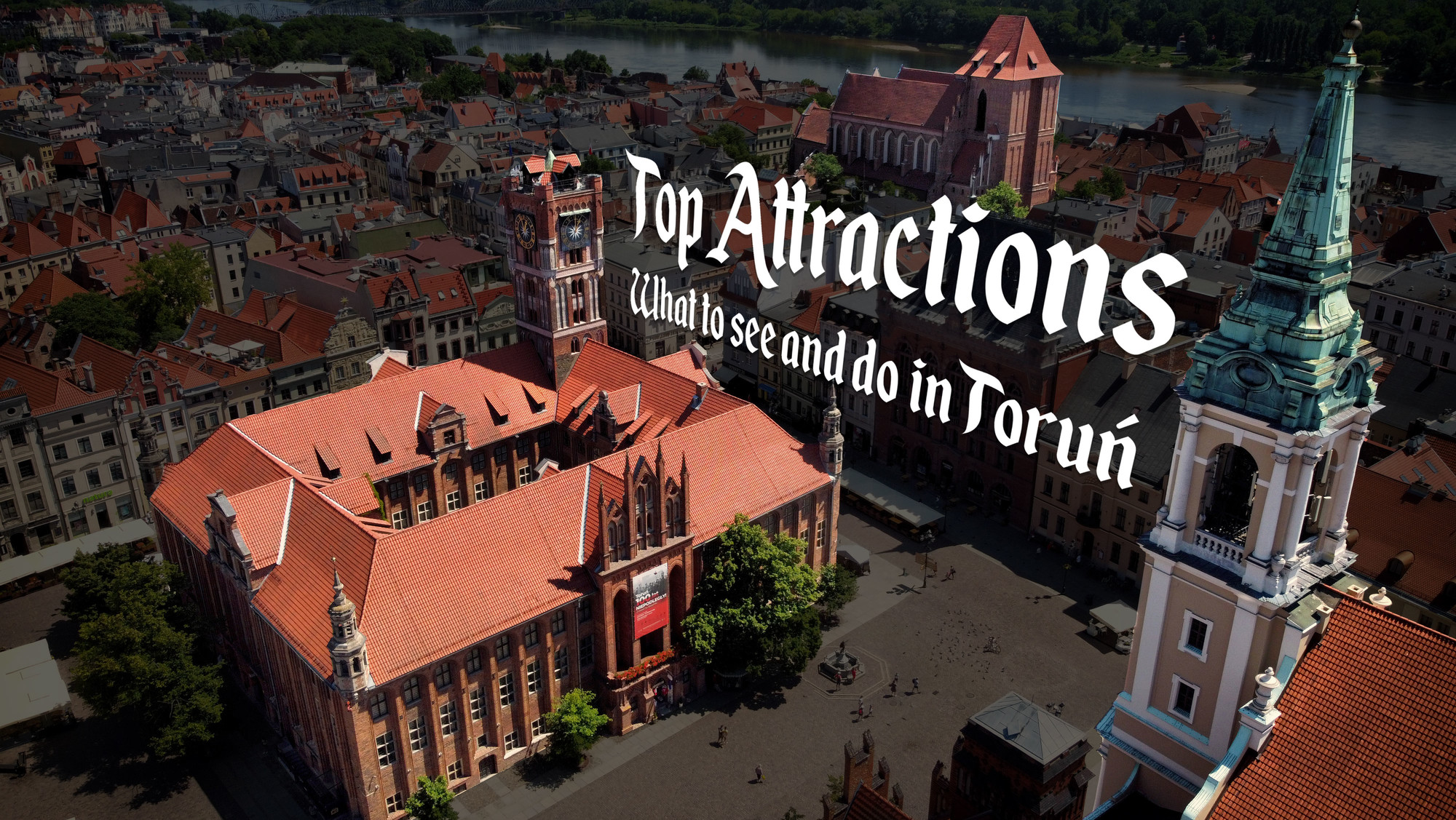A name synonymous with astronomy and its most revolutionary idea, Nicolaus Copernicus is the guy who presented that controversial idea of a heliocentric universe ie. the sun is the centre of the universe, not the earth!
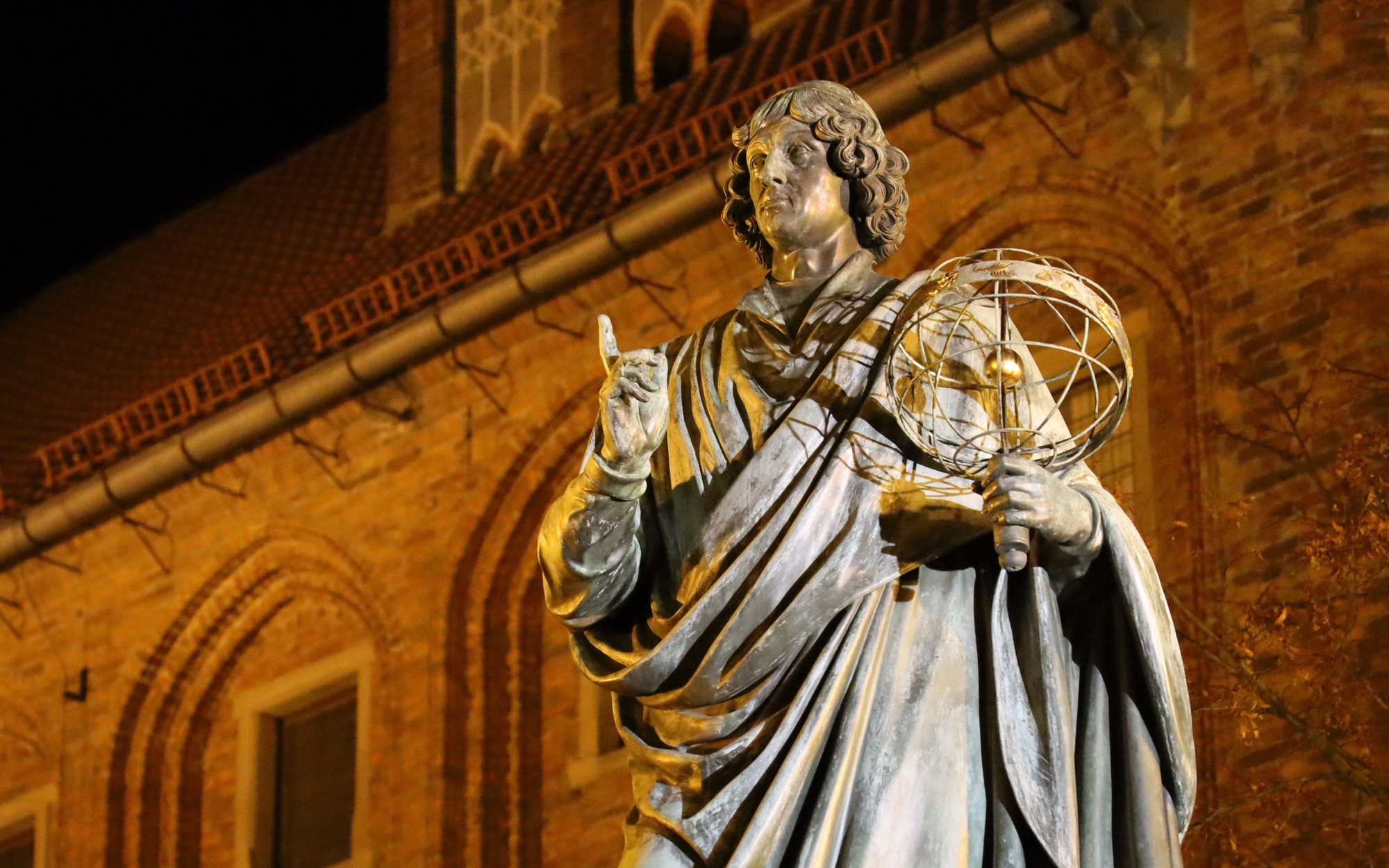
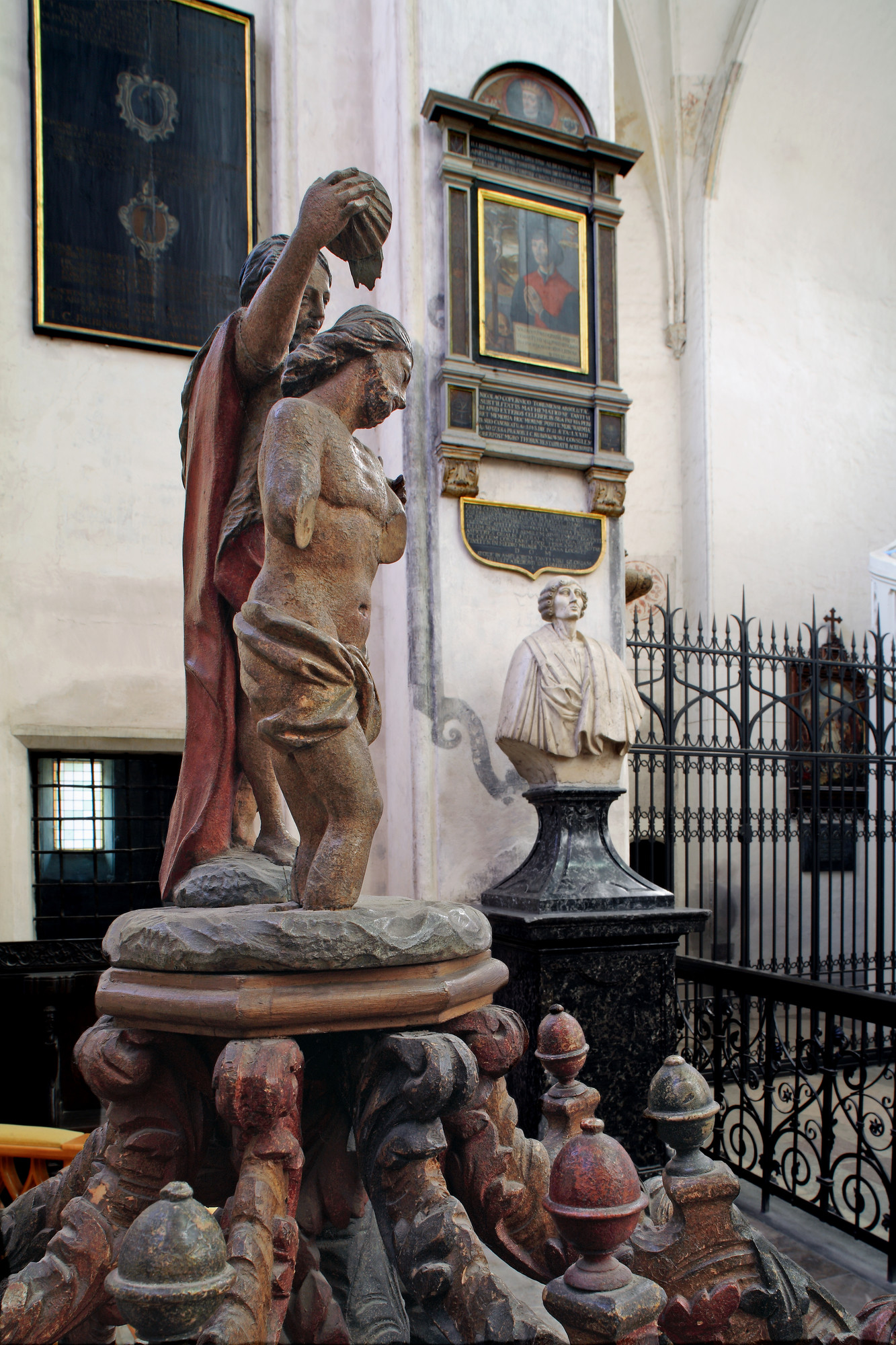
Where was Nicolaus Copernicus born?
Nicolaus Copernicus , also known as Mikołaj Kopernik , was born in the Polish city of Toruń on February 19, 1473. His father, Nicolaus the Elder, was a wealthy merchant from Kraków, married to Barbara Watzenrode, Nicolaus the younger's mother. While the Kopernik family owned two properties in the Medieval old town area, including the House of Copernicus on ul. Kopernika in Toruń's Medieval centre, it is unclear which of these sites were his actual place of birth. Copernicus is believed to have been baptised in St. John's Cathedral , where a now-popularised side-chapel and his purported baptismal font are on display.Following the death of his father in 1483 and the patronage of his uncle, Lucas Watzenrode the later Prince Bishop of Warmia, historians believe that he probably attended the school associated with St. John's Cathedral , followed by studies at the Cathedral school in nearby Wrocławek. Due to his uncle's position in the church, it is clear that Copernicus was being groomed to follow a similar career path.
House of Copernicus - Where did Copernicus live?
While his exact place of birth is open to debate, historians agree that Nicolaus Copernicus and his family certainly resided at Dom Kopernika (ENG: The House of Copernicus) at ul. Kopernika in Toruń. In the 21st century, the House of Copernicus is now a comprehensive museum of the astronomer's life and work, as well as a general history of astronomy.As the museum 's permanent exhibition begins in the building's arch-roofed cellar, you are a fantastic interactive overview of astronomy of the ancient and medieval world is presented under a 3D model of the earth, the planet which humankind understood as the centre of the universe - the 'geocentric' model - for over a millennia before Copernicus' revolutionary ideas. This was largely based on the ideas of the Greek philosopher Aristotle and the Greco-Roman-Egyptian scientist Ptolemy and were used to justify various scriptures in the bible. In addition to these references, there are a number of predecessors and contemporaries of the famed astronomer detailed here, which help to contextualise the world of science that Copernicus lived in. Emerging onto ground level, the Kopernik and Watzenrode family are presented with an extensive genealogical tree and various interactive profiles of each member, painstakingly compiled by historians and researchers. In particular, we learn about Nicolaus Copernicus' uncle, Lucas Watzenrode, who became the patron of his nephew when his father, Nicolaus the Elder, died in 1483. A high-standing member of the church and later the Bishop of Warmia, Lucas Watzenrode was instrumental in steering Nicolaus Copernicus' career path towards the sciences! As you, the museum visitor, ascend the narrow stairs into the living quarters and storage areas of the upper levels, the furnishings and installations of 15th-century commodities and technology convey how domestic life in a merchant tenement house would have looked in Copernicus' lifetime.
